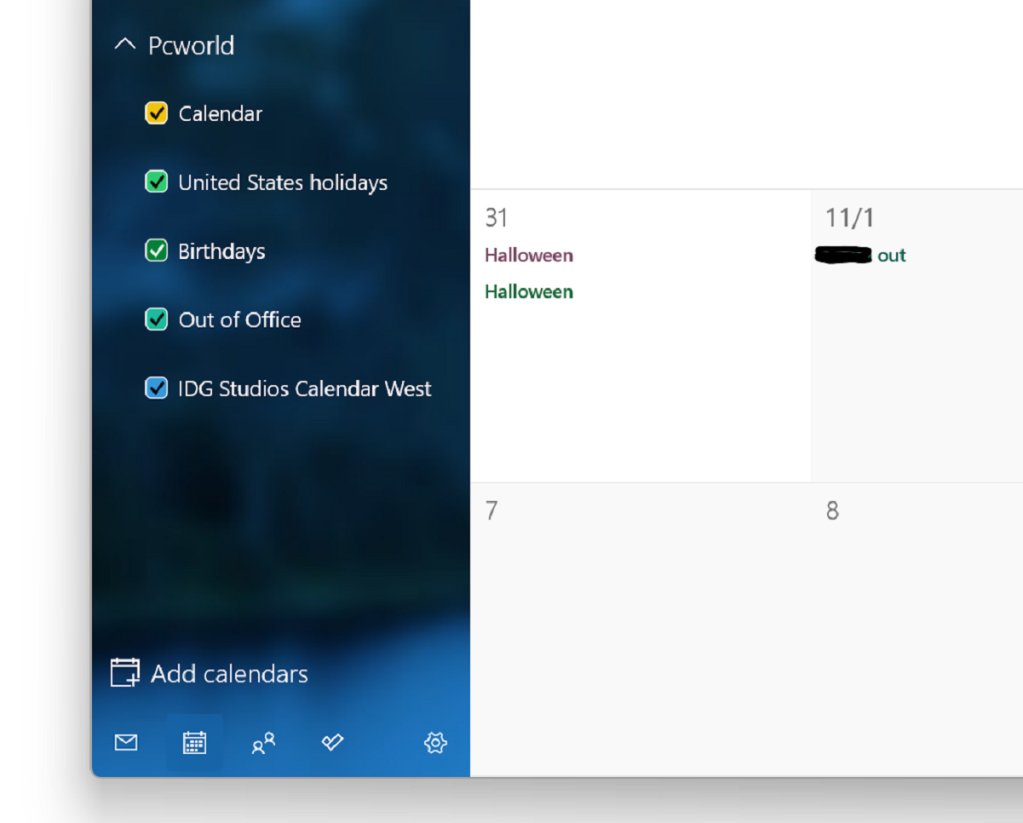Microsoft said Thursday that it is looking into reports that Outlook.com has unexpectedly stopped supporting calendar subscriptions with “high priority,” and that Microsoft has no plans to drop then feature.
WinFuture reported that some users had seen Outlook.com apparently stop supporting calendar subscriptions, though the same issue didn’t seem to affect people subscribed to the Office 365 service. That led to suspicion that Microsoft was apparently migrating the calendar subscription feature to its paid services. Microsoft says that’s not the case at all.
What’s a calendar subscription? You can add a single calendar entry to Outlook.com (or Outlook, or Google Calendar) by importing a calendar entry or calendar file. Outlook.com and other email services also allow you to subscribe to an external shared calendar, which allows those calendar entries to show up on your calendar, and update dynamically as the calendar owner adjusts them.
Some examples of shared calendars might include a Major League Baseball schedule, or a list of practices and games for a youth soccer team. Shared calendars typically use either an .ICS or .iCAL file, with the latter file format used by Apple’s iCalendar. It’s these calendar subscriptions that have reportedly stopped working at least in some cases.
Mark Hachman / IDG
Microsoft, however, denied that it’s changing its stance on Outlook calendar subscriptions. “The ability to add calendars to view all events in one’s life is an important scenario for our customers,” a Microsoft representative said in an emailed statement. “We have recently received some reports of users who are experiencing issues with subscribing to .ics/ical calendars and are actively investigating these issues with high priority. We apologize for any disruptions in this workflow.
“We also wanted to re-affirm that Outlook has no plans to deprecate its support for .ics/ical calendars, holidays, and professional sports team schedules,” Microsoft added. “This is an important scenario for our customers, and we continue to evaluate improvements to this scenario.”
Microsoft didn’t say how many customers were affected, and when it would roll out a fix.
As PCWorld’s senior editor, Mark focuses on Microsoft news and chip technology, among other beats. He has formerly written for PCMag, BYTE, Slashdot, eWEEK, and ReadWrite.

